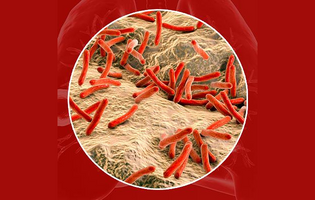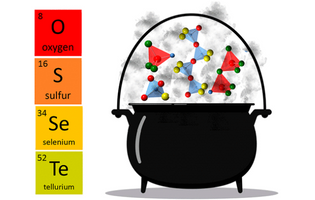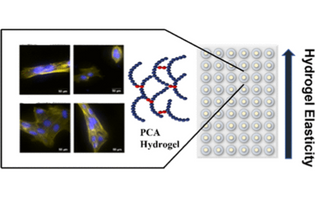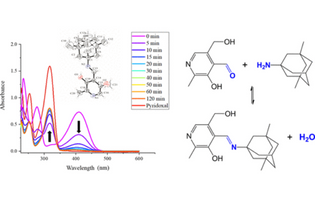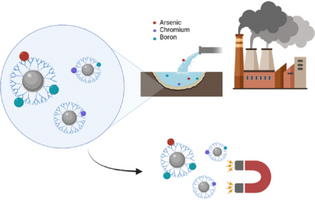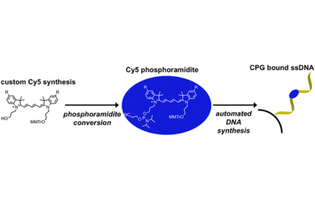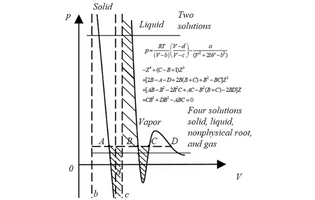What's New
We are pleased to present an update summarizing ACS Omega's new plans and offerings in 2022, and looking back at our various achievements in 2021. In "ACS Omega: 2022 Spring Forward, 2021 Look Back", we introduce our new Topic Editors and our expanded manuscript type offerings, we showcase our strong links with our sister journals through the co-publication of Virtual Issues, and we celebrate our authorship, reviewer, and readership highlights from 2021.
We encourage our Editors and EAB members to promote this Editorial further by sharing it with colleagues and contacts on your social and professional networks.
We are excited to announce that ACS Omega is one of twenty-two ACS journals represented in the latest joint Virtual Issue entitled "Tuberculosis Drug Discovery and Diagnosis". Published to coincide with World Tuberculosis Day on March 24, this Virtual Issue highlights recent advances in drug discovery and in developing diagnostics. We hope our readers find this collection insightful and are encouraged by the actively ongoing research efforts to combat this global health threat.
Key Journal Metrics
- ACS Omega published 420 articles in March, a new monthly record for the journal.
- Articles published by ACS Omega were downloaded 821,024 times in March, which is also a new monthly record, and represents a 35% increase in usage compared to the equivalent time period in 2021.
Published Issues
pp. 9088-9972
pp. 8199-9087
pp. 7431-8198
pp. 6437-7430
Featured Articles
In this Mini-Review, the authors present recent advances in rare-earth oxychalcogenides. They discuss the characteristics and bonding preferences of oxide and chalcogenide anions as illustrated by the layered structures of ternary rare-earth oxychalcogenides, and they review quarternary compounds which combine anionic and cationic design strategies toward materials discovery and describe the structural diversity. Finally, the authors review the progression from layered two-dimensional compounds to three-dimensional networks and the synthetic approaches which enable this advancement.
Robin T. Macaluso* et al.
University of Texas at Arlington, United States and Durham University, United Kingdom
ACS Omega 2022, 7, 10, 8209-8218
This Mini-Review collates studies showing amyloid β (Aβ) peptides immobilized on a gold electrode serving as non-biological platforms that can stabilize metastable and physiologically relevant amyloid aggregates as well as allowing the monitoring the interactions of various potential Alzheimer's Disease-relevant drug candidates. The authors also review how three Aβ mutants with cysteine introduced at different positions when embedded on the gold surface result in aggregates with different morphologies.
Somdatta Ghosh Dey* et al.
Indian Association for the Cultivation of Science, India
ACS Omega 2022, 7, 12, 9973-9983
The authors report the synthesis of a printable synthetic hydrogel based on cysteine-modified poly(acrylic acid) (PAA-Cys) with tunable mechanical and swelling properties by incorporating acrylic acid into the PAA-Cys network and subsequent thiol-acrylate cross-linking. Biocompatibility studies with RPE1 cells show excellent cell adhesion and viability without the need for further modification with extracellular matrix proteins, but can still be modified as needed.
Kieran McGourty, Emmet J. O'Reilly et al.
University of Limerick, Republic of Ireland
ACS Omega 2022, 7, 11, 9108-9117
In this Article, the authors present a strategy for the synthesis of a series of novel memantine-derived Schiff bases and evaluation of their suitability for transdermal drug administration. The results suggested that formation of a pyridoxal Schiff base with memantine may be an effective strategy to obtain a prodrug candidate with increased lipophilicity, which would be able to passively cross biological barriers during transdermal delivery and might have applications in the treatment of Alzheimer's disease and other neurological disorders.
Rafael P. Vieira*, Heloisa Beraldo*, et al.
Universidade Federal de Minas Gerais, Brazil
ACS Omega 2022 (ASAP)
A magnetic nanodevice based on magnetite nanoparticles coated with polymeric megluminic ligands able to absorb As(V), CrIVI), and B(III) from water is presented. Functionalized nanostructured materials obtained by co-precipitation in water showed good update properties versus the metal ions analyzed even if present at low concentrations. After adsorption, an external magnetic stimulus can be used to efficiently remove the nanomaterials from the water, and the material can be reused up to five cycles and regenerated for a further three cycles.
Sandro Dattilo* et al.
IPCB-CNR, ISMAR-CNR, Istituto Nazionale di Geofisica e Vulcanologia, and University of Bologna, Italy
ACS Omega 2022, 7, 12, 10775-10788
The authors prepare a series of Cy5 derivatives that possess different 5,5′-substituents and detail their incorporation into a set of DNA sequences. In addition to varying dye hydrophobicity/hydrophilicity, the 5,5′-substituents, including hexyloxy, triethyleneglycol monomethyl ether, tert-butyl, and chloro groups were chosen so as to vary the inherent electron-donating/withdrawing character while also tuning their resulting absorption and emission properties. The DNA-labeled Cy5 derivatives displayed spectroscopic properties that paralleled the parent dyes, with either no change or an increase in fluorescence quantum yield depending upon sequence.
Igor L. Medintz* et al.
U. S. Naval Research Laboratory and Boise State University, United States
ACS Omega 2022, 7, 13, 11002-11016
Usually, equations of state only describe the volumetric properties of fluids. However, in this article, the authors proposed a modified equation of state that allows for predicting the thermophysical properties of solids, liquids, and vapors. The results presented here may be relevant to the oil and gas industries.
Guangdong Zhang* et al.
Southwest Petroleum University, China
ACS Omega 2022, 7, 11, 9322-9332
Previous Newsletters
Click below to view a previous ACS Omega Monthly Update
© 2024 American Chemical Society, 1155 16th St NW, Washington, DC 20036, USA. View our Privacy Policy




